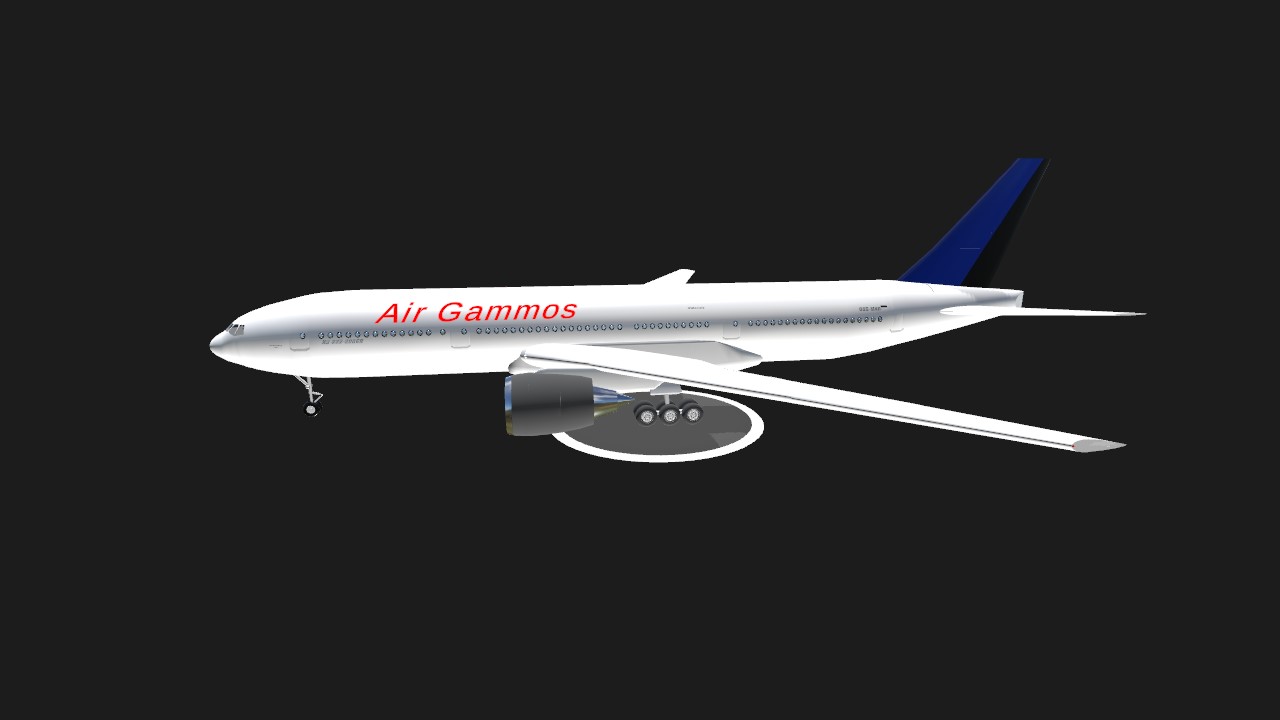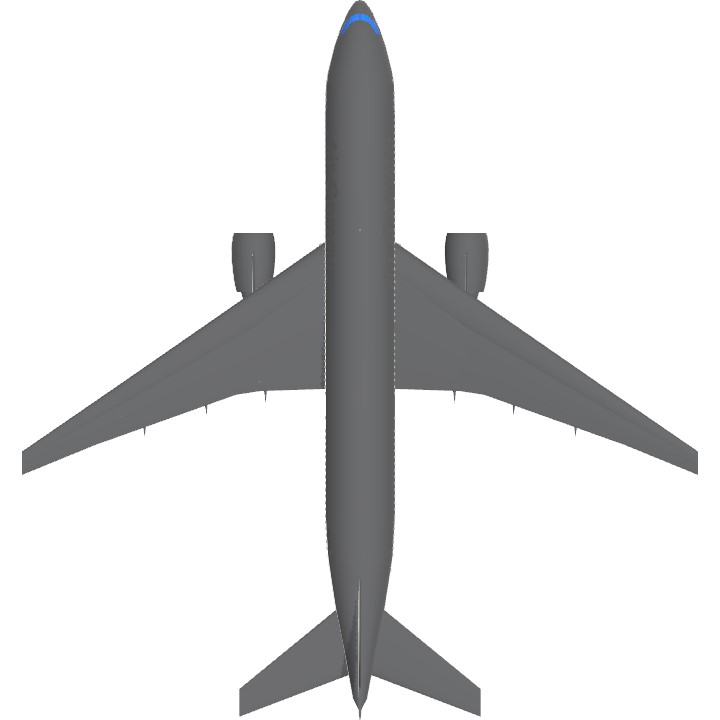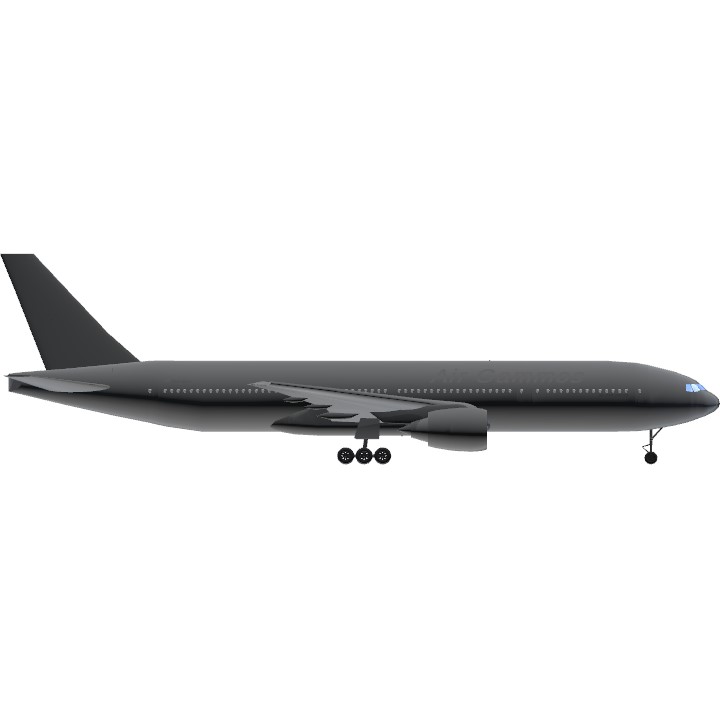Thanks to XAircraftManufacturer For his cool plane
About Air gammos
Air Gammos, founded on December 18, 1934, by visionary entrepreneur Laren Cjeron, pioneered aviation in Asteania. Headquartered in Sjonninkara, Air Gammos' humble beginnings paved the way for greatness. Initially operating with a single Boeing 247, delivered on December 28, 1934, the airline expanded rapidly. Laren Cjeron's leadership and innovative spirit drove Air Gammos' success. By 1937, Air Gammos linked Sjonninkara to major Asteanian cities. International routes followed, connecting Asteania to neighboring nations. Air Gammos' fleet grew, introducing Douglas DC-3s and DC-4s. Post-WWII, the airline resumed services, modernizing infrastructure. In 1952, Air Gammos introduced its signature golden wing logo. The 1960s saw jet-powered aircraft, like Boeing 707s, join the fleet. Transcontinental flights commenced, solidifying Air Gammos' global presence. Laren Cjeron retired in 1970, passing leadership to his protégé, Arin Vexar. Air Gammos continued innovating, adopting advanced technology. In 1985, the airline launched its loyalty program, Golden Wings Club. Air Gammos expanded into cargo services and charter operations. Throughout the 1990s, the fleet modernized with Airbus A320s and Boeing 737s. In 2001, Air Gammos joined the Sky Alliance network. Enhanced in-flight entertainment and amenities followed. Air Gammos celebrated 75 years in 2009 with commemorative flights. Laren Cjeron's legacy was honored with a Sjonninkara airport terminal renaming. Air Gammos invested in sustainable aviation fuels and eco-friendly practices. In 2015, the airline unveiled its sleek, silver-and-gold livery. Air Gammos entered the digital age with mobile check-in and apps. Today, Air Gammos operates a diverse fleet, serving destinations worldwide. As Asteania's flagship carrier, Air Gammos embodies national pride. With a strong legacy and forward-thinking approach, Air Gammos soars into the future. Laren Cjeron's pioneering spirit continues guiding the airline. Air Gammos remains committed to exceptional service and passenger experience. With a rich history and bright horizon, Air Gammos excels as a global aviation leader.
About The 777
The Boeing 777, commonly referred to as the Triple Seven, is an American long-range wide-body airliner developed and manufactured by Boeing Commercial Airplanes. The 777 is the world's largest twinjet and the most-built wide-body airliner. The jetliner was designed to bridge the gap between Boeing's other wide body airplanes, the twin-engined 767 and quad-engined 747, and to replace aging DC-10 and L-1011 trijets. Developed in consultation with eight major airlines, the 777 program was launched in October 1990, with an order from United Airlines. The prototype aircraft rolled out in April 1994, and first flew in June of that year. The 777 entered service with the launch operator United Airlines in June 1995. Longer-range variants were launched in 2000, and first delivered in 2004.
The 777 can accommodate a ten–abreast seating layout and has a typical 3-class capacity of 301 to 368 passengers, with a range of 5,240 to 8,555 nautical miles [nmi] (9,700 to 15,840 km; 6,030 to 9,840 mi). The jetliner is recognizable for its large-diameter turbofan engines, raked wingtips, six wheels on each main landing gear, fully circular fuselage cross-section, and a blade-shaped tail cone. The 777 became the first Boeing airliner to use fly-by-wire controls and to apply a carbon composite structure in the tailplanes.
The original 777 with a maximum takeoff weight (MTOW) of 545,000–660,000 lb (247–299 t) was produced in two fuselage lengths: the initial 777-200 was followed by the extended-range -200ER in 1997; and the 33.25 ft (10.13 m) longer 777-300 in 1998. These have since been known as 777 Classics and were powered by 77,200–98,000 lbf (343–436 kN) General Electric GE90, Pratt & Whitney PW4000, or Rolls-Royce Trent 800 engines. The extended-range 777-300ER, with a MTOW of 700,000–775,000 lb (318–352 t), entered service in 2004, the longer-range 777-200LR in 2006, and the 777F freighter in 2009. These second-generation 777 variants have extended raked wingtips and are powered exclusively by 110,000–115,300 lbf (489–513 kN) GE90 engines. In November 2013, Boeing announced the development of the third generation 777X -8 and -9 variants, both featuring composite wings with folding wingtips and General Electric GE9X engines.
As of 2018, Emirates was the largest operator with a fleet of 163 aircraft. As of September 2024, more than 60 customers have placed orders for 2,295 Triple Sevens across all variants, of which 1,738 have been delivered. This makes the 777 the best-selling wide-body airliner, while its best-selling variant is the 777-300ER with 837 aircraft ordered and 832 delivered. The airliner initially competed with the Airbus A340 and McDonnell Douglas MD-11; since 2015 it has mainly competed with the Airbus A350. First-generation 777-200 variants are to be supplanted by Boeing's 787 Dreamliner. As of May 2024, the 777 has been involved in 31 aviation accidents and incidents, including five hull loss accidents out of eight total hull losses with 542 fatalities including 3 ground casualties.
Source: Wikipedia
Specifications
General Characteristics
- Predecessor XJ-777-200ER
- Created On Windows
- Wingspan 197.7ft (60.3m)
- Length 210.5ft (64.1m)
- Height 62.1ft (18.9m)
- Empty Weight N/A
- Loaded Weight 121,658lbs (55,183kg)
Performance
- Power/Weight Ratio 1.477
- Wing Loading 33.2lbs/ft2 (162.1kg/m2)
- Wing Area 3,665.1ft2 (340.5m2)
- Drag Points 22406
Parts
- Number of Parts 507
- Control Surfaces 5
- Performance Cost 2,630




